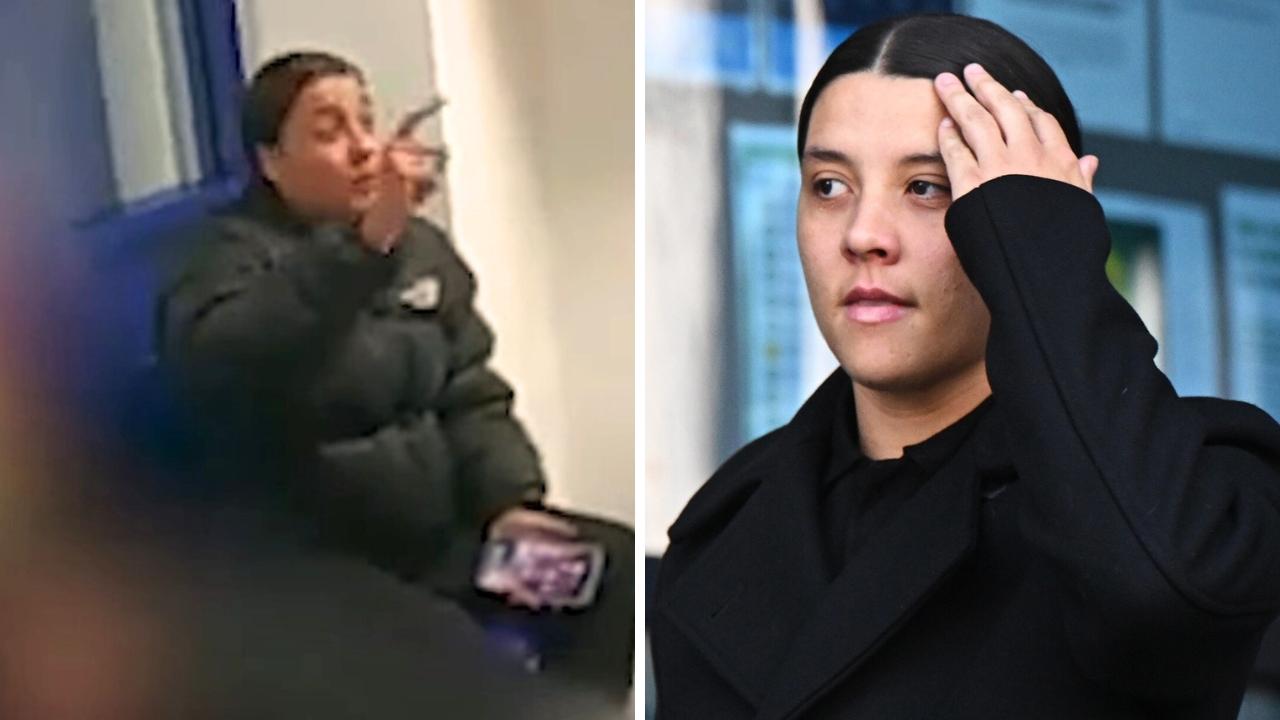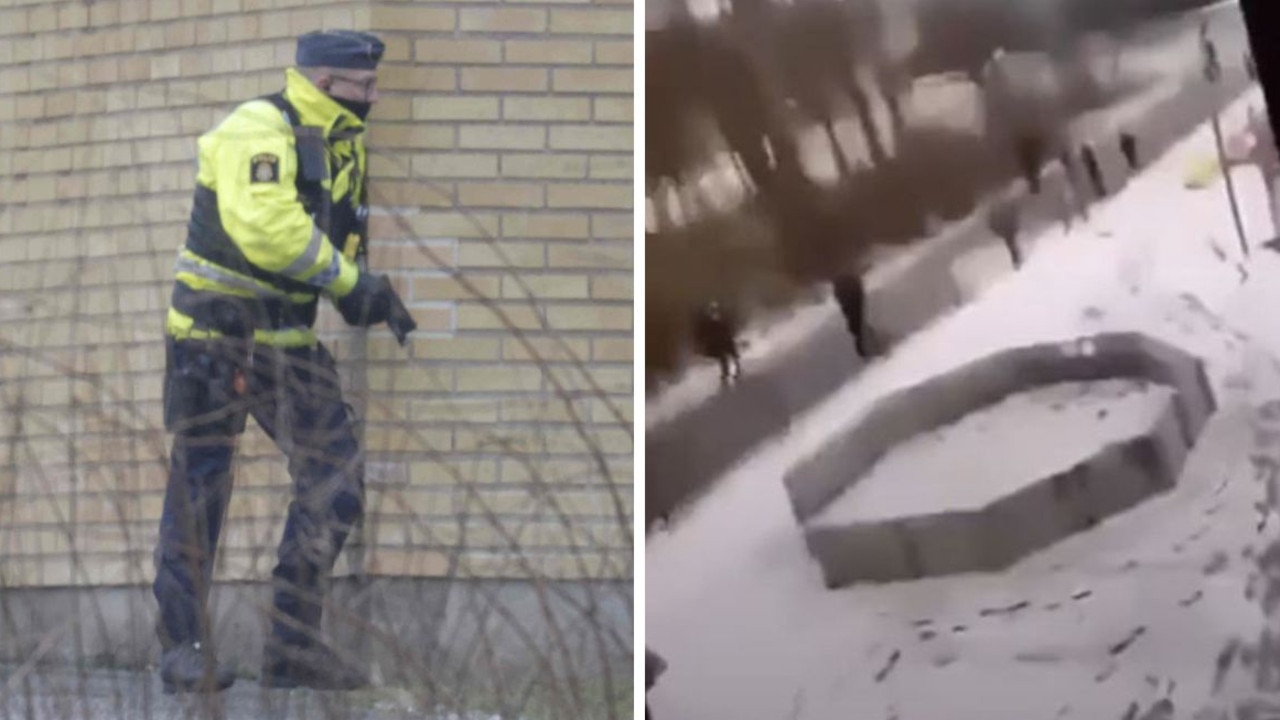The strange tale of Alexandra Damien: The fake victim of the 2015 Paris terrorist massacre
Three years after the tragic events in Paris on November 2015, one of the most scandalous figures to come out of the incident is jailed.
As the world reeled in horror over the 2015 carnage in Paris at the Bataclan concert hall and multiple nightspots — 32-year-old Parisenne Alexandra Damien told her story of survival to the media.
Damien became one of the most recognisable faces of the tragedy, telling her story of survival to international journalists and posting a photo on her social media of the scar on her arm, caused by the Kalashnikov gun of one of the attackers at Le Carillon Bar.
She took to wearing a distinctive flower crown on her head as she attended a variety of ceremonies to pay tribute to those that lost their lives. She told journalists she lost two friends at the Carillon and, later, she had her arm tattooed with the Latin phrase “Fluctuat nec mergitur” (”she is tossed by the waves but does not sink”). She also took part in stories about how survivors can use tattoos as part of the healing process.
Damien was lucky enough to benefit from a special survivors’ fund set up for victims in the aftermath of the terror attack — pocketing tens of thousands of dollars. She was also able to claim several therapy sessions at a hotel in Normandy paid for by the French Association of Terror Victims.
But Alexandra had everybody fooled — victims’ families, other survivors, support groups and the media. It was her willingness to speak so openly to journalists in the immediate aftermath of the attacks that proved to be her downfall.
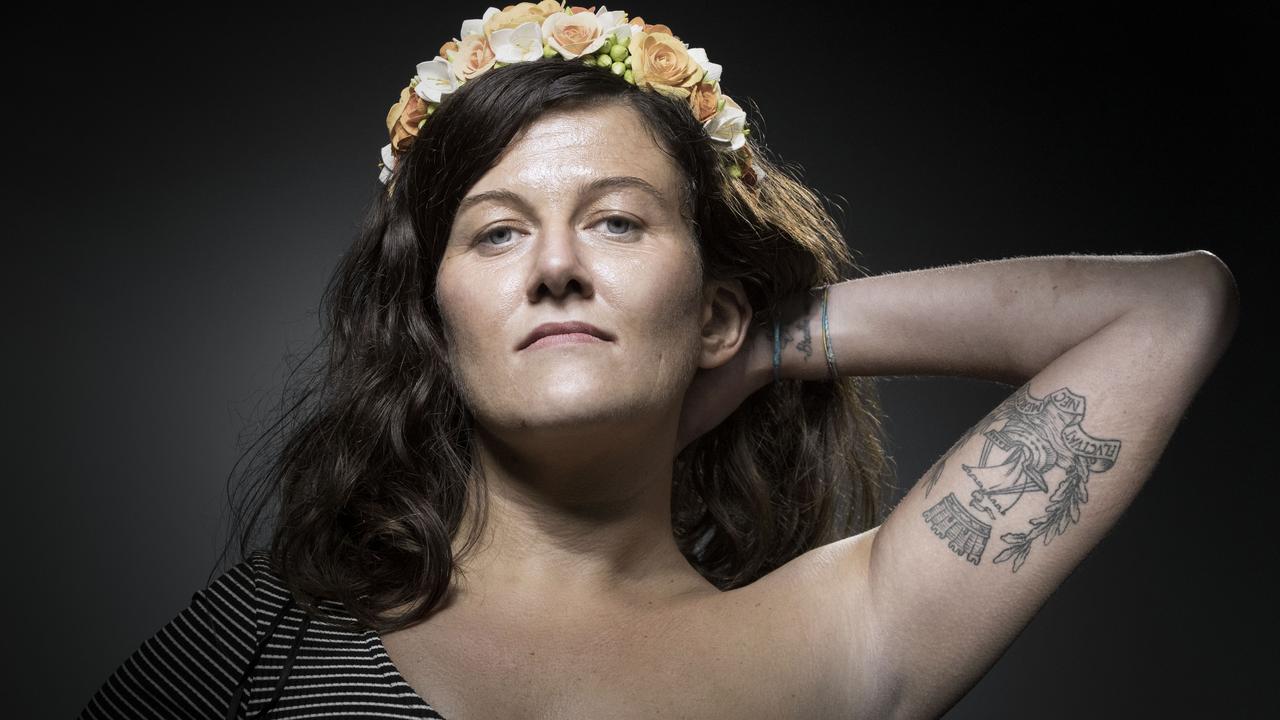
The November 13 massacres at the French national stadium and multiple Paris nightspots were the worst attacks in the country since World War II, leaving 130 dead and hundreds injured.
The terror unfolded in various stages throughout the night: at a stadium, a concert hall, restaurants and bars
It all began when a suicide bomber detonated his bomb outside the Stade de France stadium, during an international friendly football match between France and Germany. The man had been stopped from entering the stadium thanks to a routine security check — when he detonated his bomb outside the stadium, he killed a passer-by.
A short time later, a second man detonated his suicide vest outside another entrance to the stadium, quickly followed by a third suicide bomber who killed himself near the stadium.
A fourth suicide bomber blew himself up at a fast food outlet near the stadium at 21:53. The attackers all wore identical explosive vests.
The terror then moved on to the nightlife spots in Paris’ popular 10th arrondissement (district), north of the city centre.
Gunmen fired semiautomatic rifles inside the Le Carillon Bar where terrified diners ran for their lives or hid under tables. Survivors said they thought someone had let off firecrackers in the restaurant until they saw the gunmen.
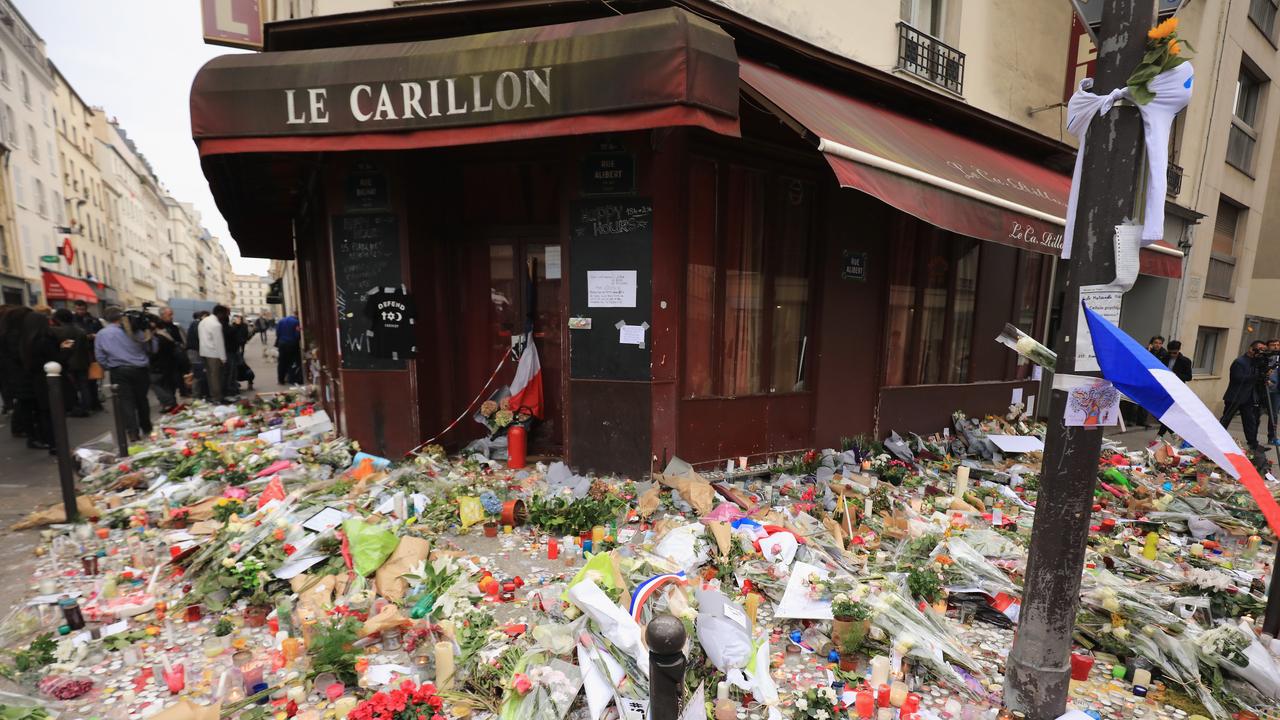
When the gunmen finished their killing spree at Le Carillon Bar, they crossed the road to Le Petit Cambodge, a Cambodian restaurant — 14 people were killed at the two restaurants, with witnesses describing the massacre as “apocalyptic”.
A few streets away, diners at La Casa Nostra and nearby Cafe Bonne Biere were fired upon before the gunmen moved on to Belle Equipe restaurant — 19 people were killed at those restaurants. Minutes after the Belle Equipe shootings, another suicide bomber detonated his vest at the Comptoir Voltaire cafe, killing one person.
Then came the bloodiest attack of the night. US band Eagles of Death Metal had just taken to the stage at the Bataclan concert hall. Two men, dressed in black, stood at the back of the hall, firing automatic weapons into the crowd. Journalist Julien Pearce was at the event and told CNN, “They were just standing at the back of the concert room and shooting at us. Like we were birds.”
Horrific video footage captures the desperate attempts by concertgoers to exit the Bataclan — 89 people were killed at the concert that night before the terrorists detonated their suicide vests.
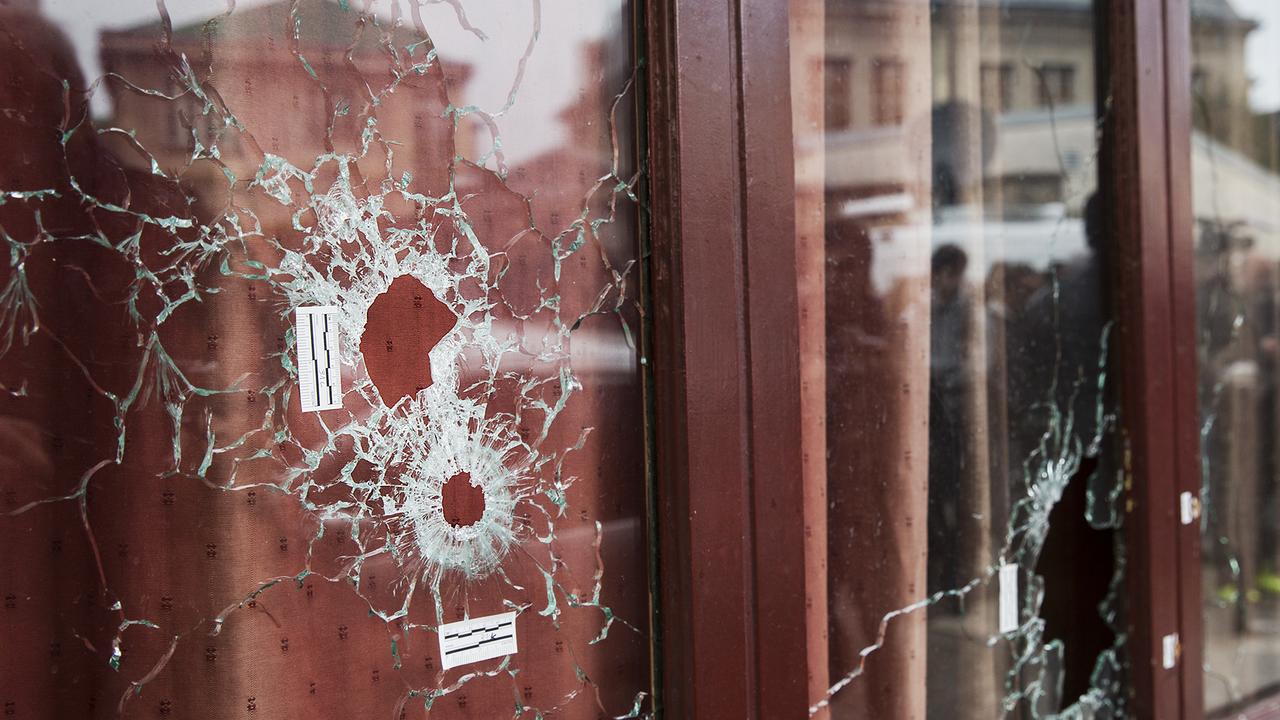
IS claimed responsibility for the multiple terror attacks and, as journalists rushed to interview survivors, Alexandra Damien was a willing interviewee, outlining how her world had been shattered by the killings and posing for photographs looking absolutely broken and bereft.
Damien told CNN the attackers didn’t understand that they’d targeted a multicultural area popular with Jews, Christians and Muslims.
“Where are they going to strike next?” she asked.
In the weeks following the massacre, the French government provided assistance to survivors and Damien added her name to an official ‘List of Victims’ which made it possible to set up compensation for survivors. Damien also became an active member of the newly established group Life for Paris, which was dedicated to the victims of the attacks.
But that’s where her story unravelled. It was members of Life for Paris that noticed inconsistencies in Damien’s story. Did a dead person fall on top of her, or did she escape unharmed? What about that scar and that tattoo? Was she really at the Carillon that night or was it all in her head?
A Life for Paris member had his suspicions and decided to do some research, discovering several interviews Damien had given to international journalists.
Damien had admitted to the media, the morning after the massacre, that while she was a regular patron of the Carillon bar and had planned to be there on the night of the killings, she was not there.
She was photographed, her eyes red from crying, standing close to the bar’s bullet-ridden windows — and with no trace of her alleged wounds.
But it was the interview with CNN that exposed her lies and led to her downfall.
Here’s what Damien originally told the media.
The morning after the massacre, Damien returned to Le Carillion Bar to join others in laying flowers to pay respect to those that lost their lives. Approached by a journalist, Damien told of her narrow escape.
She said she had let her family know she was meeting friends at Le Carillon and that two of the friends she had been due to meet were gunned down and killed.
But here’s the twist — Damien told journalists, she had had a change of heart and, 20 minutes before she was due to meet her friends, she decided NOT to go to the bar.
“Maybe I catch you later, guys,” she told CNN she recalled telling her friends. “I never caught them later. They died.”
She also said she hadn’t told her mother about her change of plans, so when her family heard the horrifying news, Damien said she had 60 missed calls from them, fearing for her safety.
“My mother come to the hospital to find my body. Everyone was scared and I just realised it at 3am. And everything just fell down. First, we just didn’t realise. Then one of my friends wasn’t answering the phone. And the second one too,” Damien cried to the journalist.
“I couldn’t understand why.”
She also quoted her mother who, when she managed to get hold of her daughter cried, “You’re alive! You’re alive! You’re alive!”
So Damien was telling the truth — at first. But, as time went on, her story became complicated and twisted to make it sound like she HAD been there at the bar during the massacre, when she wasn’t at all.
Following the discovery of the interviews with Damien, Life for Paris requested an investigation which led to Damien being charged with fraud. The trial was told Damien received 20,000 euros ($31,000 AU) from funds set up for victims in the aftermath of the attacks.
Damien had also benefited from a one-week therapeutic stay at a Normandy hotel, paid for by the French Association of Terror Victims.
It was also found that the scar she’d said was inflicted by a gun, was actually from a kite surfing accident.
In court, a tearful Damien said that after the Carillon attack she felt she had ‘lost knowledge’ and felt an overwhelming sense of guilt.
“Could I have saved them?” she asked about her lost friends.
In her head, the “I should have been there” became “I was there”.
“I come today to tell you that I am guilty,” Damien told the court, crying, “I come to explain the reasons, I come to ask for forgiveness. This is the biggest mistake of my life.”
The prosecution accused Damien of being motivated by greed and that Life for Paris felt ‘deep betrayal.’ The trial heard that Damien was remorseful as she admitted to being a ‘false victim.’
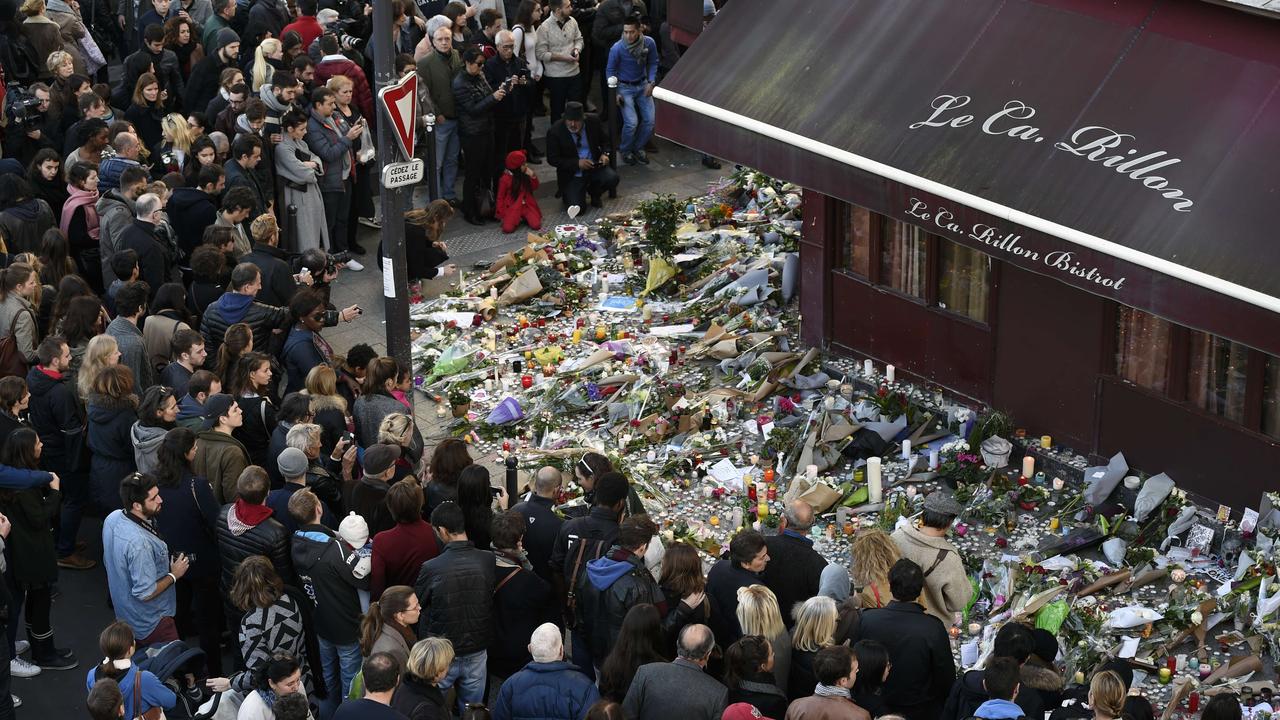
Damien was given an 18-month suspended sentence and will serve six months in prison for fraud and perjury.
The fascinating aspect of Damien’s story is that it might not simply revolve around greed and financial gain, which is the picture the prosecutors tried to paint. Damien’s lawyer William Bourdon told French media that the reason her sentence was light (prosecutors had argued for 18 months in prison) was due to her “brave confession” and that greed was not her sole motivation.
He didn’t elaborate and the case leaves so many questions unanswered. Perhaps being in the limelight helped Damien come to terms with the death of her friends but, ultimately, her story revolves around the mystery of “survivor’s guilt”. In Damien’s mind, she was a survivor and what we know about survivor’s guilt is people are often left with the feeling that their good fortune meant that others have died. What we also know about survivor’s guilt is this — it is never rational.
LJ Charleston is a freelance journalist. Follow her on Twitter @LJCharleston

